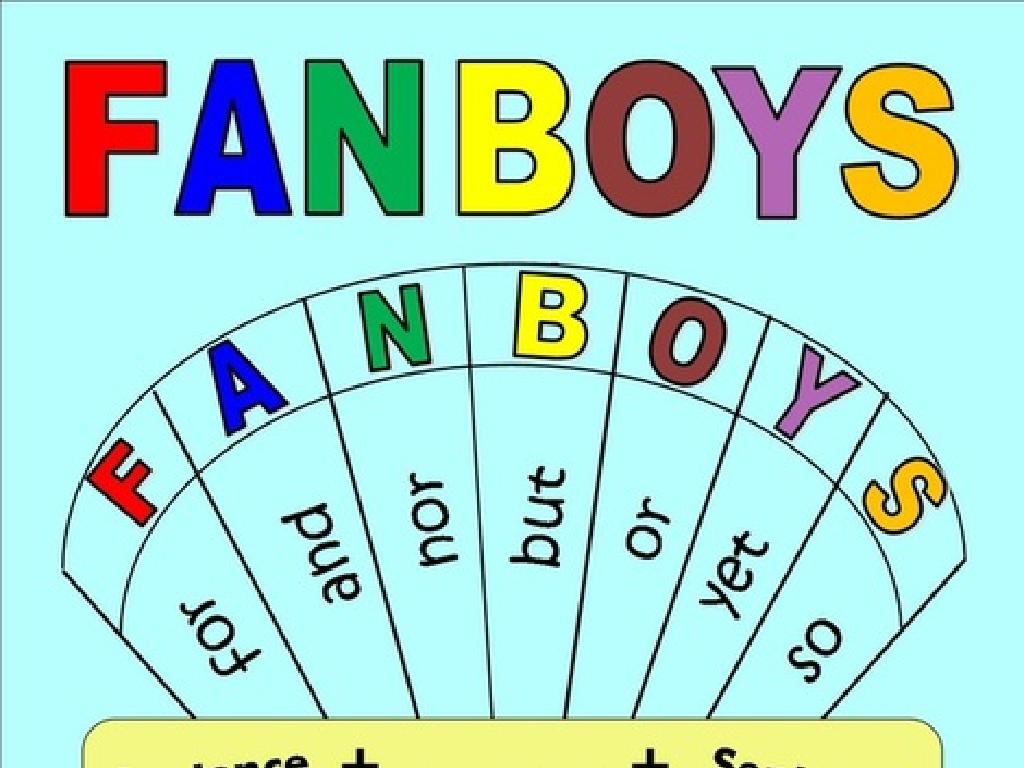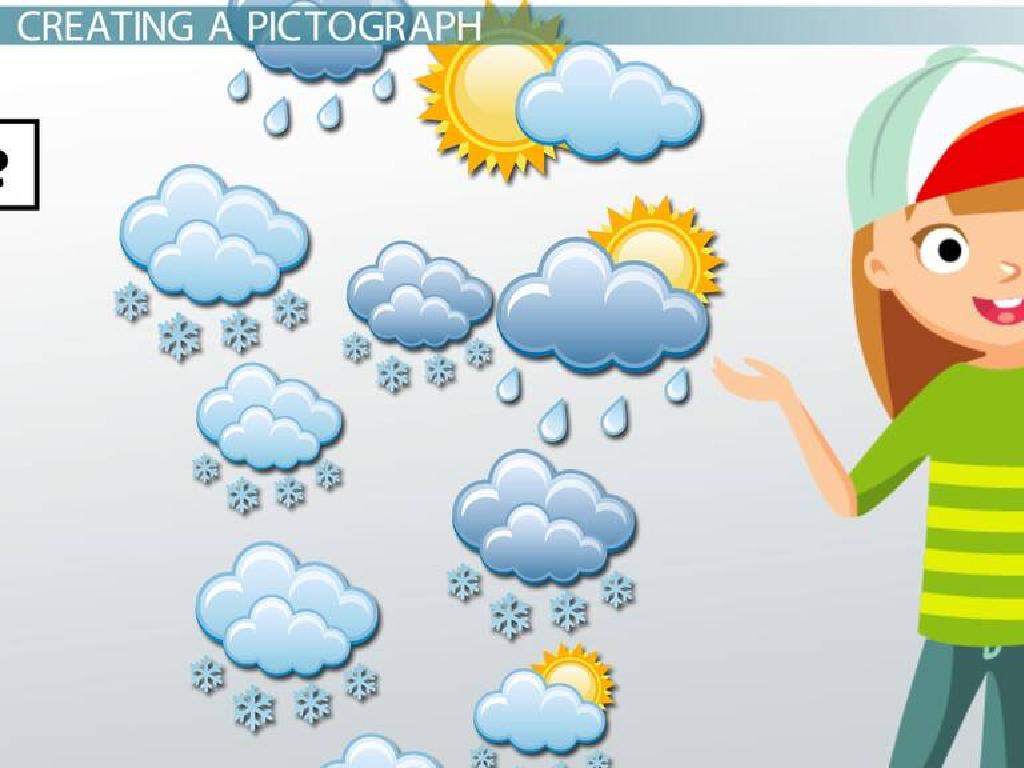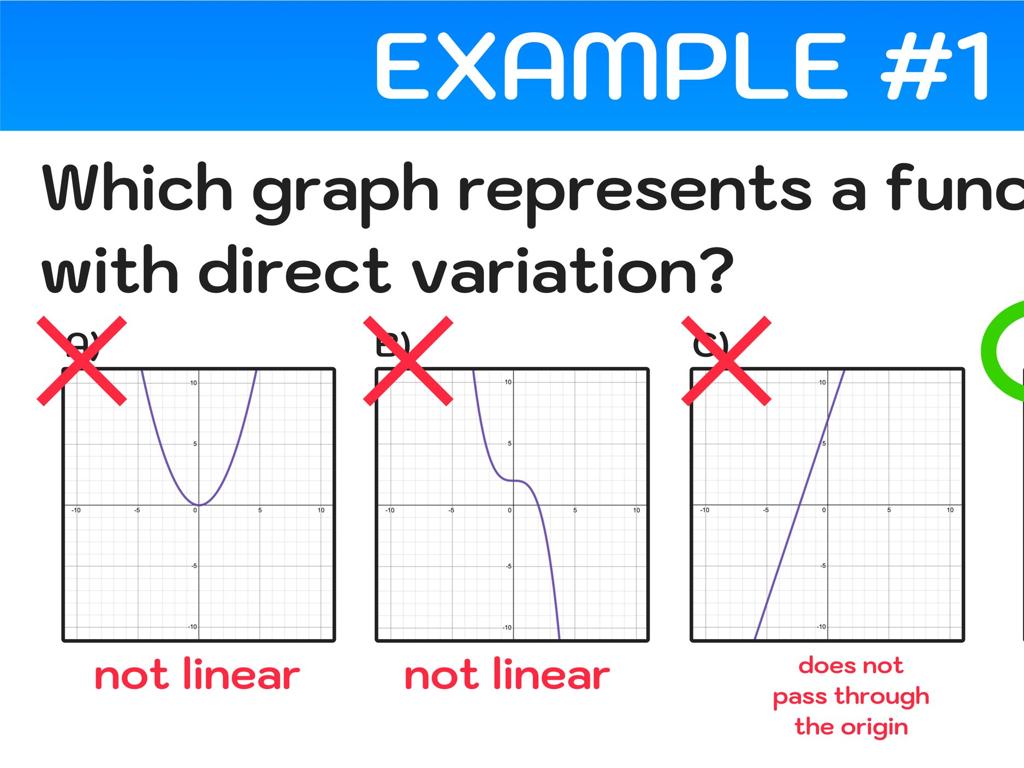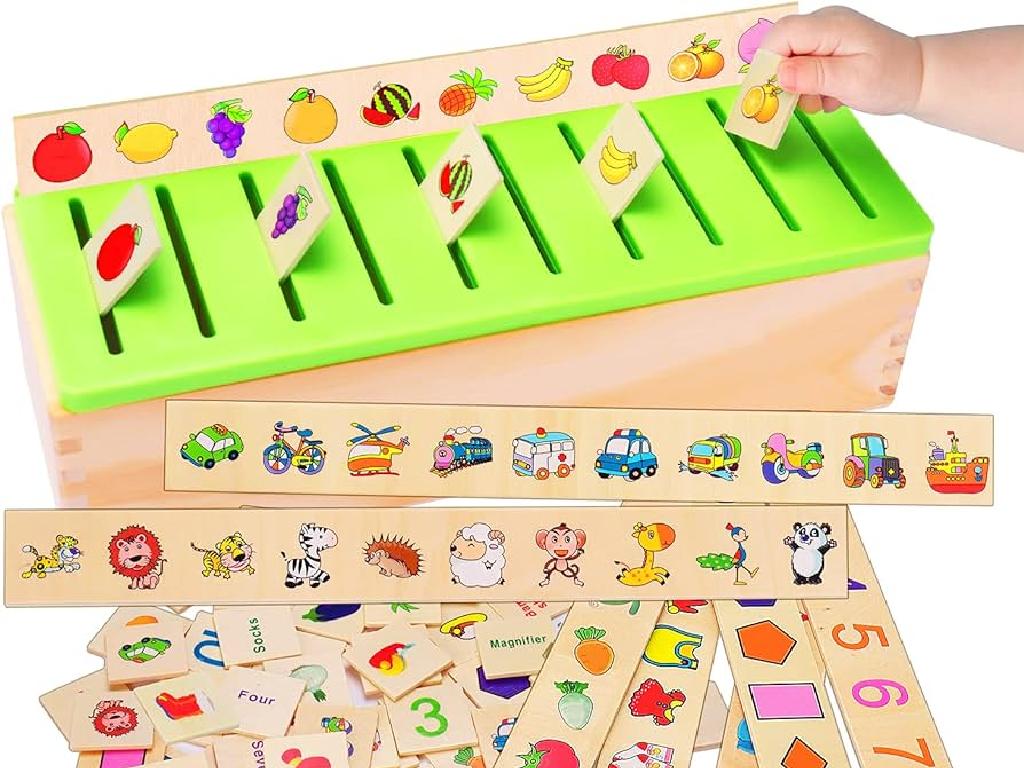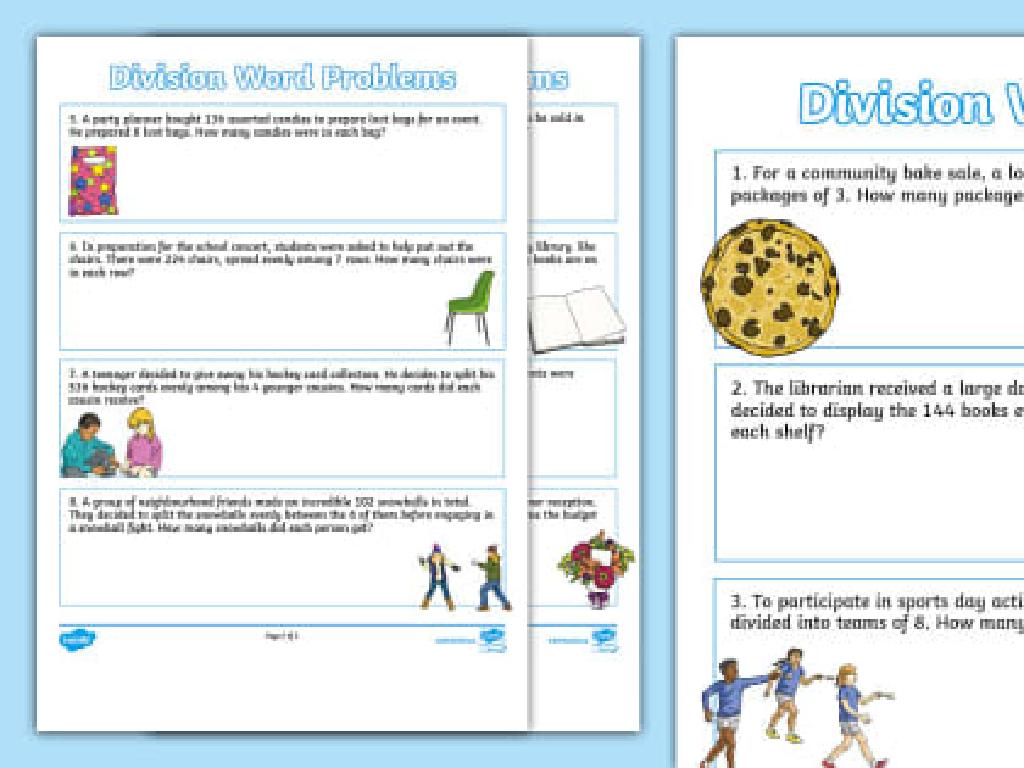Inflation
Subject: Economics
Grade: High school
Topic: Finance And Capital Markets
Please LOG IN to download the presentation. Access is available to registered users only.
View More Content
Introduction to Inflation
– Understanding Inflation
– Inflation is the rate at which the general level of prices for goods and services is rising.
– Inflation’s impact on daily life
– It affects purchasing power, cost of living, and savings.
– Overview of today’s lesson
– Significance in the economy
– Inflation influences financial decisions and policy making.
|
This slide introduces the concept of inflation, a critical economic indicator that reflects the rate at which the general price level of goods and services is rising. It’s important to convey how inflation can erode purchasing power, making it more expensive for consumers to buy the same goods and services. Discuss how inflation impacts everyday life, such as the cost of groceries and fuel. The lesson will cover the causes and effects of inflation, how it’s measured, and its significance in financial decision-making and government policy. Encourage students to think of questions or examples of how they have observed prices changing over time in their own lives.
Understanding Inflation
– Define Inflation
– A sustained increase in the general price level of goods and services in an economy over a period of time.
– Explore causes of Inflation
– Demand-pull effect, cost-push effect, and monetary factors like increased money supply.
– Compare Inflation and Deflation
– Inflation is rising prices, deflation is falling prices. Both affect purchasing power.
– Impact on economy and individuals
|
Inflation is a key concept in economics that describes the rate at which the general level of prices for goods and services is rising, and subsequently, how purchasing power is falling. Central banks attempt to limit inflation, and avoid deflation, to keep the economy running smoothly. Understanding the causes of inflation, such as increased consumer demand or increased costs of production, is crucial for students. Comparing inflation to deflation will help students grasp the consequences of each on the economy. Discuss how inflation can erode purchasing power and affect savings, while deflation can lead to reduced consumer spending. Use examples like the price of a movie ticket or a gallon of milk to illustrate the concept of inflation.
Measuring Inflation: Understanding CPI
– Consumer Price Index (CPI) explained
– CPI measures the average change over time in prices paid by urban consumers for a market basket of consumer goods and services.
– How CPI calculation works
– To calculate CPI, price changes are averaged for a basket of goods and services with fixed quantities.
– Exploring other inflation measures
– Other measures include Producer Price Index (PPI), Wholesale Price Index (WPI), and Personal Consumption Expenditures (PCE).
– Real-life example: Basket of goods
– Calculate the inflation rate by comparing the total cost of a set basket of goods over different years.
|
This slide introduces students to the concept of measuring inflation, focusing on the Consumer Price Index (CPI) as a primary method. CPI is a crucial economic indicator that tracks the average price change over time for a basket of goods and services. Explain the calculation process, emphasizing the fixed basket concept and how it represents consumer spending. Discuss alternative measures like PPI, WPI, and PCE, highlighting their differences and uses. Use a real-life example, such as calculating the inflation rate of a basket containing bread, milk, and eggs from one year to the next, to illustrate the concept. This will help students grasp the practical implications of inflation measurement in everyday life.
Effects of Inflation on the Economy
– Inflation reduces purchasing power
– As prices rise, the same amount of money buys less.
– Inflation impacts savings & interest
– Higher inflation can lead to higher interest rates, affecting savings.
– Inflation drives wage negotiations
– Workers may seek higher wages to keep up with rising costs.
– Understanding Inflation’s ripple effect
|
This slide aims to explain the various effects of inflation on different economic aspects. Purchasing power is diminished because money loses value as prices increase, which means consumers can buy fewer goods and services for the same amount of money. Savings can be eroded by inflation if the interest rates do not keep up, leading to a decrease in the real value of money saved. Inflation also plays a critical role in wage negotiations, as employees may demand higher wages to maintain their living standards. It’s important for students to understand that inflation has a cascading effect on the economy, influencing not just prices but also savings, wages, and overall financial decision-making.
Inflation and Government Policy
– Federal Reserve’s role in inflation
– The Fed uses tools like interest rates to manage inflation.
– Monetary policies to curb inflation
– Examples include changing reserve requirements for banks.
– Fiscal policies’ impact on inflation
– Adjusting taxes and government spending to influence economy.
– Balancing economic growth and inflation
– Striving for low inflation while promoting job growth and investment.
|
This slide aims to explain the role of government policy in managing inflation, particularly the actions of the Federal Reserve. The Federal Reserve can influence inflation by adjusting interest rates, which affects borrowing and spending. Monetary policies, such as altering reserve requirements for banks, can also be used to control the money supply and, by extension, inflation. Fiscal policies, including tax adjustments and government spending, play a significant role in either stimulating or cooling down the economy. It’s crucial for students to understand that while controlling inflation is important, the government must also consider the overall economic growth and employment rates. Discuss the delicate balance policymakers must maintain to ensure a stable economy.
Understanding Hyperinflation
– Defining Hyperinflation
– An extreme form of inflation with rapid price increases
– Historical Hyperinflation cases
– Zimbabwe in the 2000s and Germany in the 1920s
– Hyperinflation’s economic impact
– Can lead to currency devaluation and economic collapse
– Strategies to mitigate Hyperinflation
|
Hyperinflation represents an extreme case of inflation where prices increase rapidly and uncontrollably, often exceeding 50% per month. Historical examples, such as Zimbabwe in the 2000s and Germany’s Weimar Republic post-World War I, provide real-world contexts for students to understand the severity of hyperinflation. The consequences on an economy include severe currency devaluation, loss of savings, and overall economic instability, which can lead to a collapse. Discussing strategies to mitigate hyperinflation, such as monetary policy adjustments and economic reforms, can help students grasp how governments and central banks attempt to stabilize economies. Encourage students to explore the causes and effects of hyperinflation and consider the role of policy in preventing such economic crises.
Inflation in the Global Economy
– Inflation: Developed vs. Developing
– Developed countries often have lower, stable inflation; developing countries may experience higher, volatile rates.
– Global Inflation Trends
– Examine recent global inflation patterns and their significance.
– Causes of Inflation
– Factors like monetary policy, supply chain issues, and demand shifts contribute to inflation.
– Case Study: Country-Specific Inflation
– Analyze inflation in a specific country, understanding its unique economic context.
|
This slide aims to compare inflation in developed and developing countries, highlighting the differences in stability and rates. It will also cover the current global inflation trends, prompting students to think about the interconnectedness of the world economy. Discuss the various causes of inflation, such as changes in monetary policy, supply chain disruptions, or shifts in consumer demand. The case study will provide a concrete example of how inflation affects a particular country, allowing students to apply their theoretical knowledge to a real-world scenario. Encourage students to think critically about how inflation in one country can impact the global economy.
Class Activity: Inflation Rate Calculation
– Calculate inflation using data
– Work in groups on CPI formula
– Consumer Price Index (CPI) measures changes in price level of a market basket of consumer goods and services.
– Discuss findings
– Explore real-world implications
– How does inflation affect daily life, economy, and purchasing power?
|
This activity is designed to help students understand the concept of inflation by calculating the inflation rate using real data. Provide students with a dataset that includes prices of various goods and services from two different years. Divide the class into small groups and instruct them to apply the Consumer Price Index (CPI) formula to calculate the inflation rate. After the calculation, lead a discussion on their findings, focusing on how inflation reflects changes in the cost of living and can affect the economy. Encourage students to think about the implications of inflation on their daily lives, such as changes in purchasing power. Possible activities include comparing inflation rates of different countries, analyzing historical inflation data, and predicting future inflation based on current trends.
Wrapping Up: Inflation Insights
– Recap of inflation fundamentals
– Inflation is the rate at which prices for goods and services rise.
– Inflation’s impact on personal finance
– Understanding inflation can help with budgeting and saving strategies.
– Open floor for questions
– Encourage discussion and curiosity
– Ask any questions or share thoughts on today’s topic.
|
As we conclude today’s lesson on inflation, it’s crucial to revisit the core concepts that define inflation and its significance in the economy. Highlight how inflation affects everyday life, particularly in the realm of personal finance, influencing purchasing power and savings. Encourage students to ask questions they may have about inflation, whether they’re related to the material covered or about its broader implications. Facilitate a discussion that allows students to express their understanding and share any insights they’ve gained. This interactive segment will help solidify their knowledge and promote critical thinking about economic concepts.

